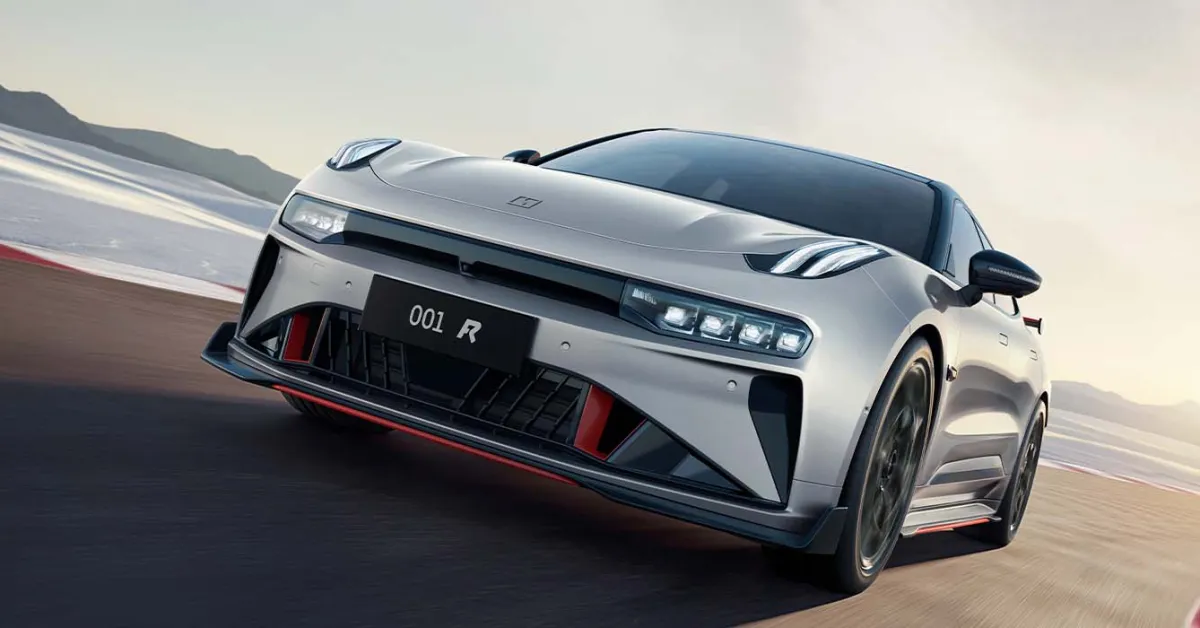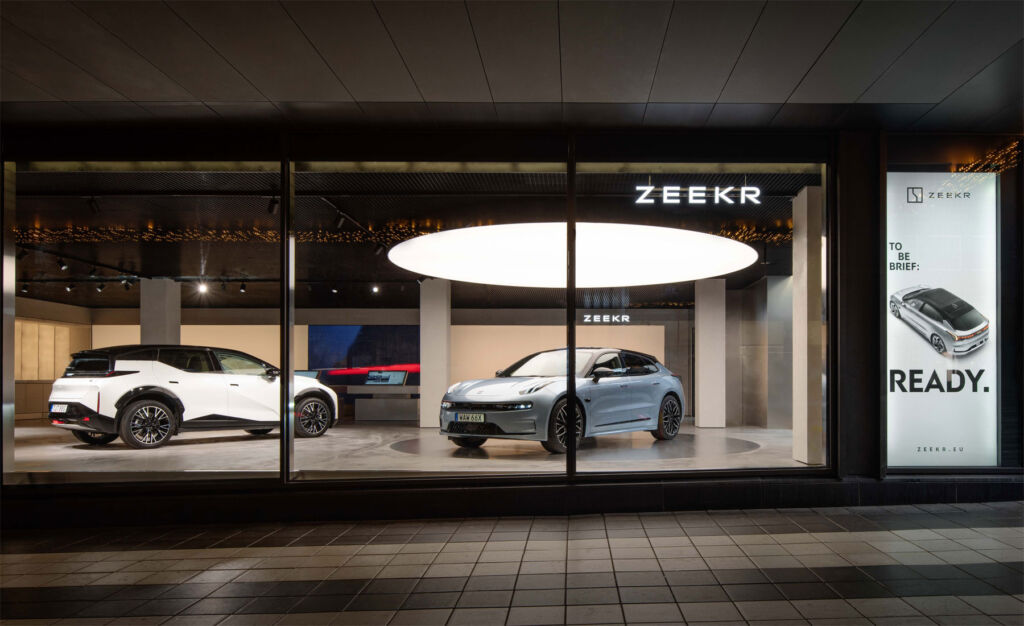Geely Auto, the company behind Polestar and Volvo, has a plethora of brands under its belt, but one seems to be gaining attention recently: Zeekr. Today, Zeekr made its debut on the U.S. stock exchange, starting at $21 per share with a valuation exceeding $5 billion. Within moments of trading, the stock surged to nearly $27, pushing its valuation to $7 billion, accompanied by the presence of Zeekr EVs lining the streets of Lower Manhattan.
This impressive display comes hot on the heels of Zeekr’s showcase at the Beijing Auto Show, coinciding with news of tariffs on Chinese-made EVs. It’s a significant moment for Geely, Zeekr, China, and the broader electrification battle.

However, amid the excitement, there’s skepticism. Past IPOs, including Polestar’s in 2022, have faltered, with Polestar’s stock now trading at a dismal 15 cents per share. When questioned about Zeekr’s prospects, the company’s representatives opted not to comment.
The contrasting fates of Polestar and the optimism surrounding Zeekr raise questions about the future of the EV market. Will Zeekr defy the trend of underperforming IPOs, or will it face similar challenges? Only time will tell.
Comparing Zeekr to other recent IPOs sheds light on its potential stability. Unlike the less-than-stellar debuts of companies like Lotus and Polestar, which went public through special purpose acquisition companies (SPACs), Zeekr seems to be in a better position. It’s also faring better than VinFast, another IPO that quickly lost steam. Notably, many companies that went public via SPACs, whether in the automotive industry or otherwise, have struggled.
Zeekr has emerged as a standout in the EV arena, both in China and globally. Its expansion into Mexico and Europe and potential future ventures in the U.S. signal its ambitions to become a major player. TechCrunch even dubbed Zeekr “the buzziest EV IPO of the year.”
In terms of market positioning, Zeekr occupies a luxury or premium segment comparable to Acura or Audi. It distinguishes itself from Polestar, which targets Porsche buyers with its minimalist Scandinavian design. Despite being under the same Geely umbrella, Zeekr focuses more on exterior and interior aesthetics, while Polestar leans towards sportiness.

While Polestar faces sales challenges, Zeekr’s growth has been consistent. Offering a wider range of electric vehicles, including sedans, SUVs, wagons, and vans, has contributed to its success. In March 2024 alone, Zeekr witnessed a 117% year-over-year increase and delivered over 230,000 vehicles, outperforming Polestar by more than double.
Although Zeekr has yet to turn a profit, representatives express confidence in achieving profitability by the end of 2024. Notably, Zeekr’s influence extends beyond its own brand, with its engineering and software work benefiting other Geely Auto brands like Polestar and Volvo.
Despite its technological advancements, Zeekr’s plans for the U.S. market remain uncertain. While it provides the foundation for Waymo’s self-driving car, the M Vision, its intentions regarding passenger vehicles in the U.S. are unclear. Previous statements from Zeekr representatives have been ambiguous, suggesting a cautious approach to entering the U.S. market.

